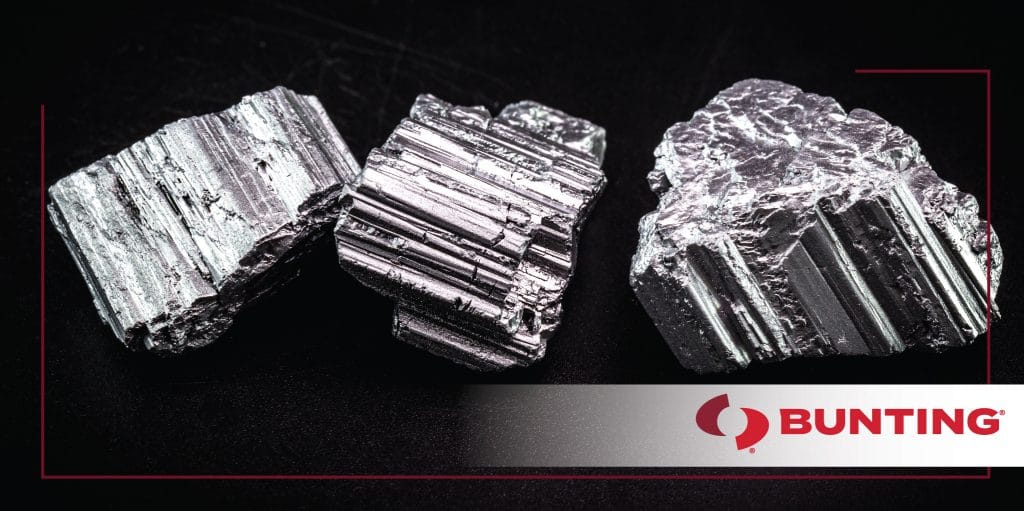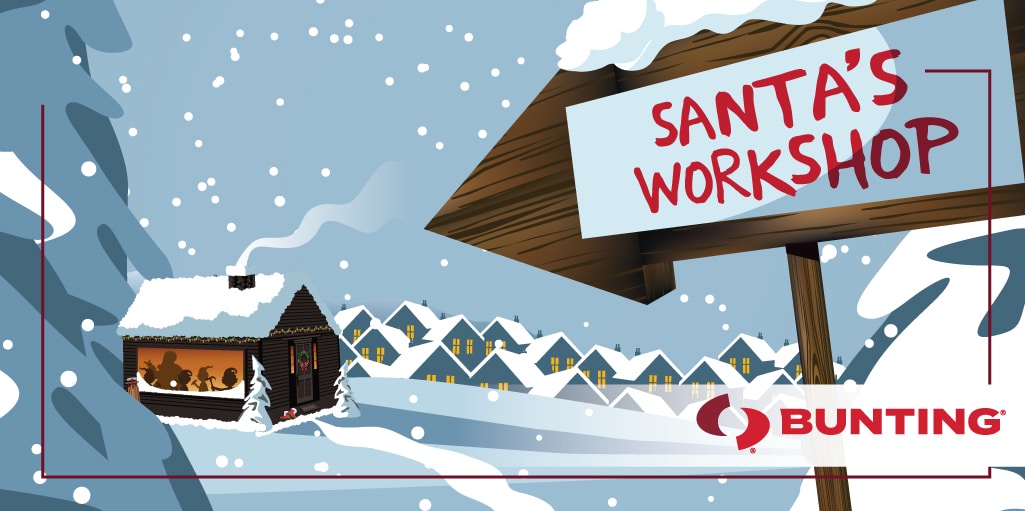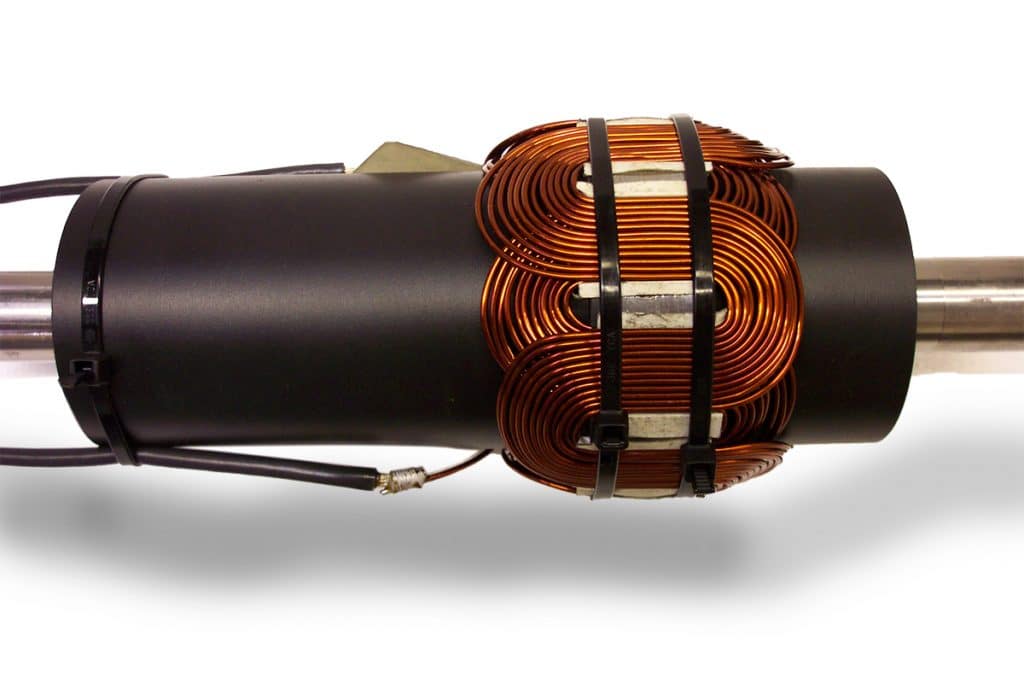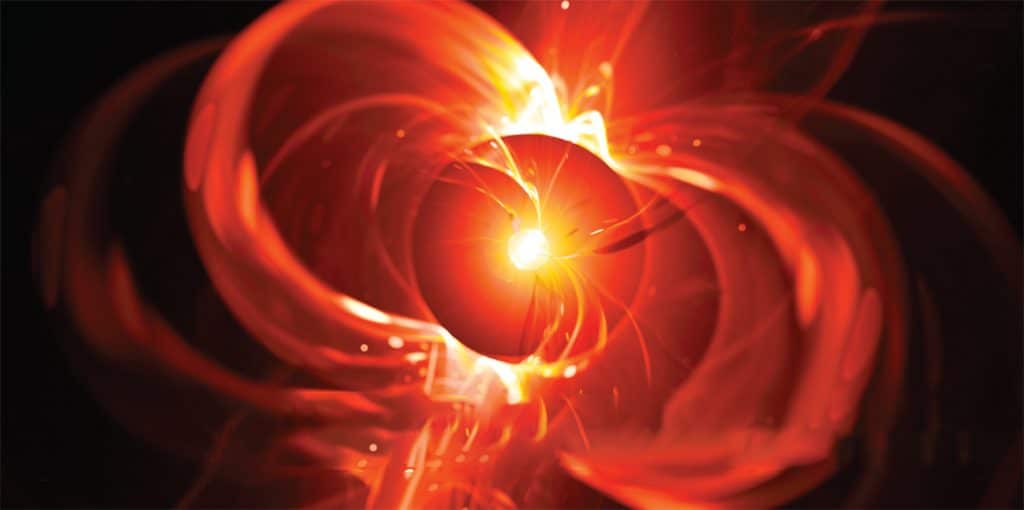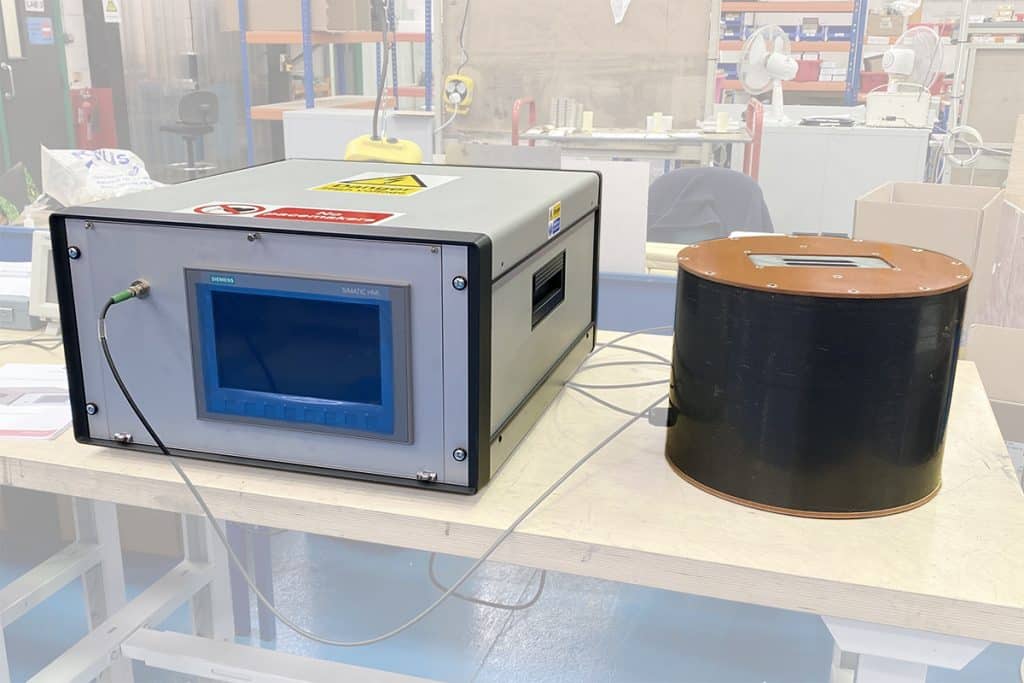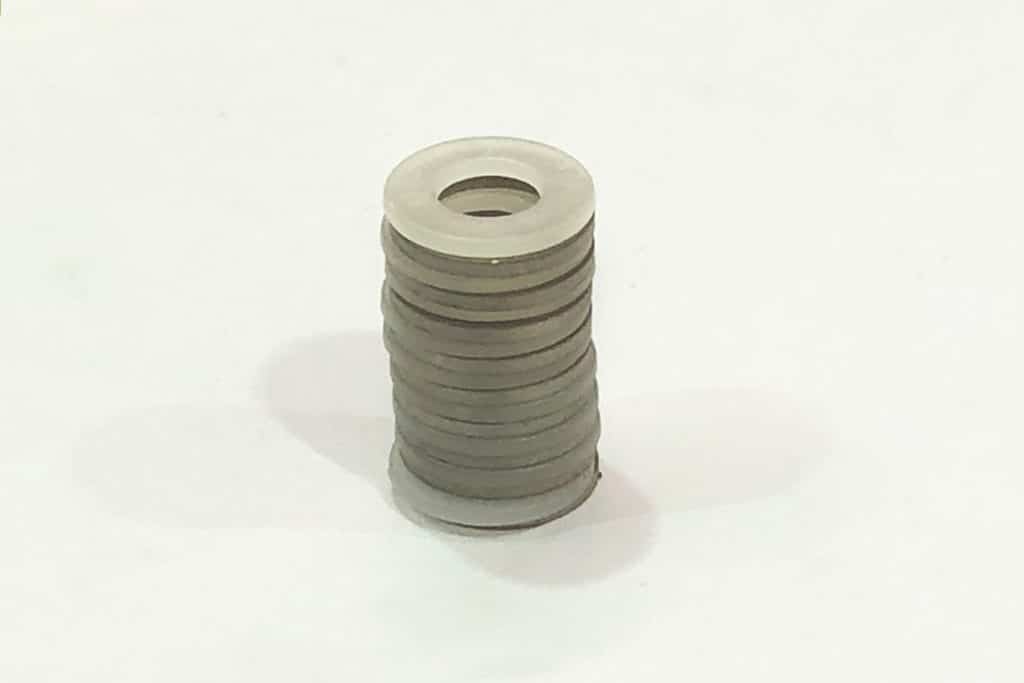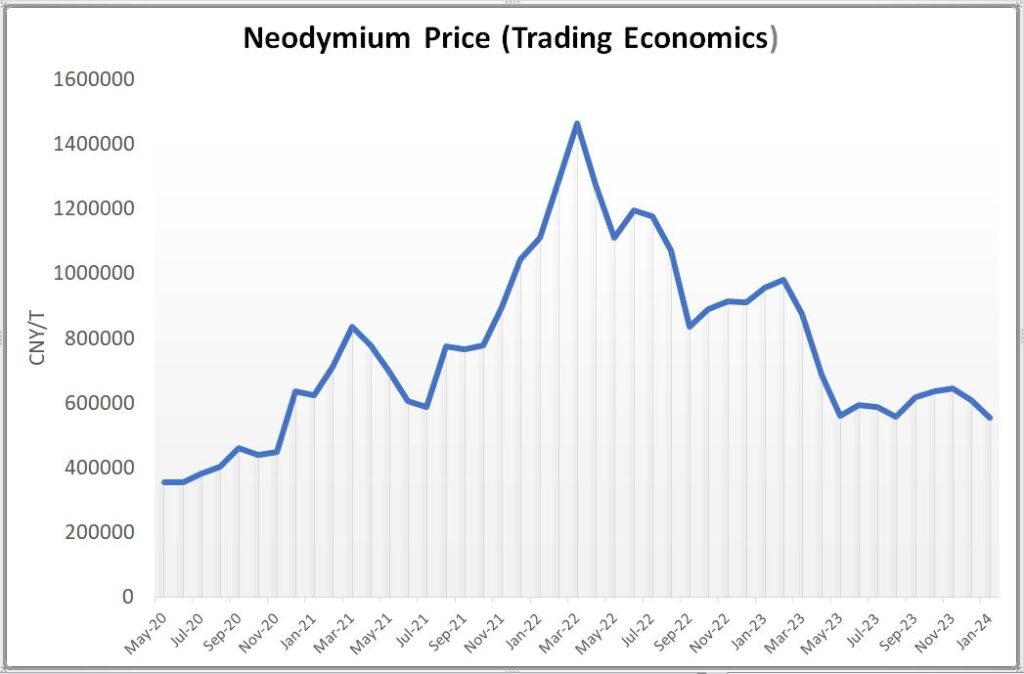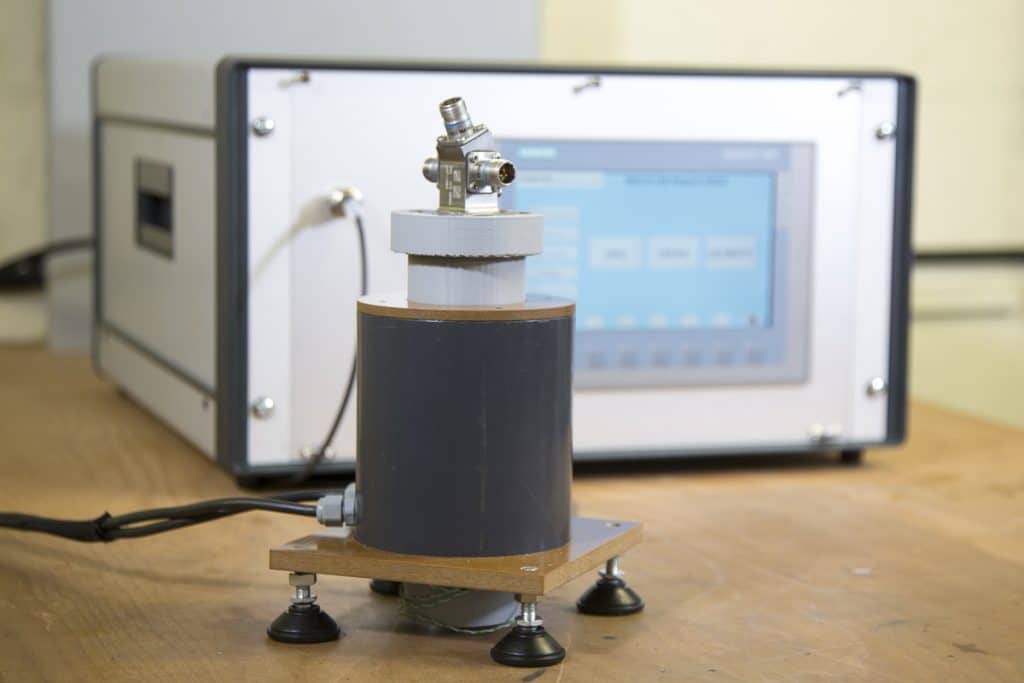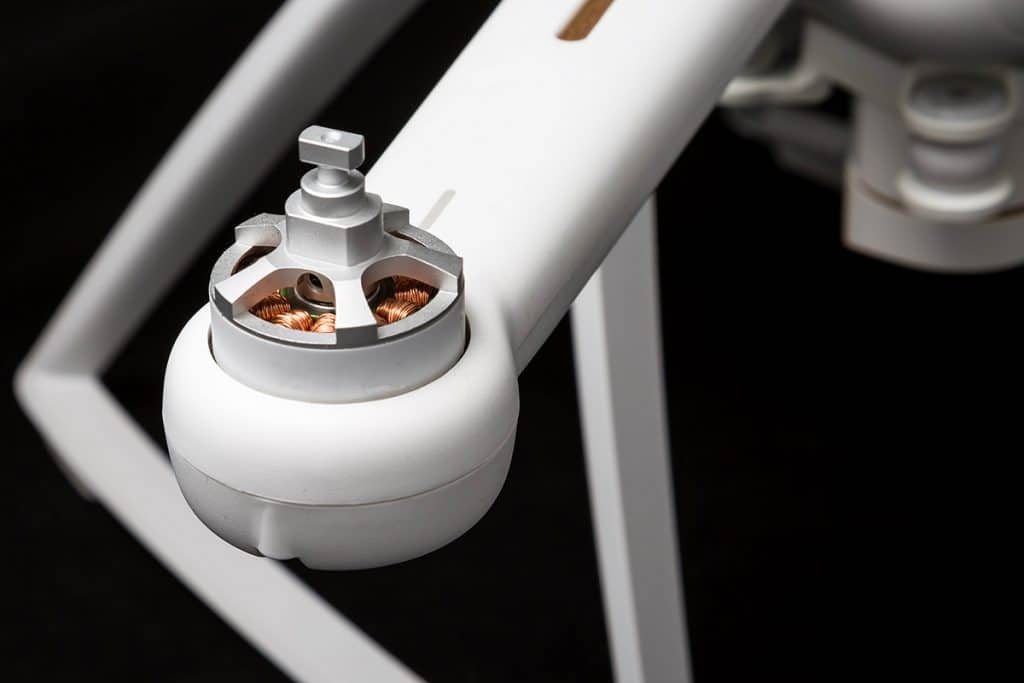Magnets
The History of Neodymium Magnets
The origin of the neodymium magnets dates back to 1885 when Carl Auer von Welsbach, an Austrian scientist and inventor, separated didymium into the new separate elements neodidymium (“new didymium”) and praseodidymium (“green didymium”). In time, the element names would change to neodymium and praseodymium. Neodymium (Nd) is the fourth member of the lanthanide ‘rare-earth…
Read MoreMagnets in Santa’s Workshop
Santa Claus has never been busier. Material shortages, transportation issues and inflated prices have stretched his elf workforce to the limits. His workshop is a hive of activity and, in amongst the organised chaos, magnets play an important role. So where are they? High Tech Toys use Neodymium Rare Earth Magnets Santa Claus received a…
Read MoreMagnetising Fixture Winding for Magnet Ring Sensor Project
Bunting’s engineering team work with companies on many magnet product designs, from concept through to manufacture. This project focused on the feasibility of designing, manufacturing, and supplying a permanent magnet ring to produce a sinusoidally varying flux density waveform for a sensor application. A sine wave or sinusoid is a mathematical curve that describes a…
Read MoreMagnets and the Curie Temperature
The term “Curie temperature (Tc)” or “Curie point” gets frequently mentioned when discussing magnets and magnetic properties. The Curie temperature relates to the maximum temperature a material can reach before losing its magnetic properties. On reaching a magnetic material’s Curie temperature, the spontaneous magnetisation in the material drops to zero. At this point, the material…
Read MoreNew Magnet Setter Demonstration Unit
In response to an increase in magnet design projects, Bunting-Berkhamsted has added a new Magnet Setter demonstration unit to their testing house. The BMCS-1510 Magnet Setter magnetises and sets Samarium Cobalt (SmCo) and AlNiCo magnets when connected to a compatible magnetising fixture. The magnet setter features a built in gaussmeter for measuring the magnetic field…
Read MoreFerrite Magnet Price Trends
Updated 8th July 2024 The Strontium Ferrite (SrFe12O19) permanent magnet (also known as a ceramic magnet) is the most commonly used magnet material. Each Ferrite Magnet consists of approximately 90% iron oxide and 10% strontium carbonate. In June 2021, the price of Strontium Carbonate rose sharply, peaking at 22,250 CNY/MT in July 2021. By February…
Read MoreMedical Device Manufacturer Awards Bunting Top Supplier Performance
A leading European medical device manufacturer has recognised Bunting’s high standard of supply with a top supplier award. Bunting supply approximately 20,000 Samarium Cobalt rare earth magnets annually for medical audio equipment. The project originated in 2016, when Bunting engineers worked closely with a team from the manufacturer to determine the optimum medical device magnet…
Read MoreNeodymium Price Trends
Updated 25th January 2024 On January 1st 2025, after rallying between August and November, the price of Neodymium fell to the lowest level since November 2020. The outlook remains uncertain, with further decreases likely in the short term. In 12 months, the price of Neodymium has fallen by 42%, way down on the peak price…
Read MoreAlNiCo Magnet Setter Development
Bunting engineers have developed a new Magnet Setter for AlNiCo magnets. AlNiCo Magnet Properties AlNiCo’s relatively low coercive force (Hc) means that the magnet material is easily magnetised to saturation, as well as fully or partially demagnetized by external fields. This makes an AlNiCo magnet easy to magnetise when part of an assembly, but could…
Read MorePermanent Magnet Motors Providing Key Benefits
Permanent magnet motors are electric motors using permanent magnets in addition to windings. Such motor designs are more efficient than induction motors or motors with field windings for certain high-efficiency applications such as electric vehicles and small electric motors such as found on drones and in car windshield wipers. Both AC and DC motors benefit…
Read More